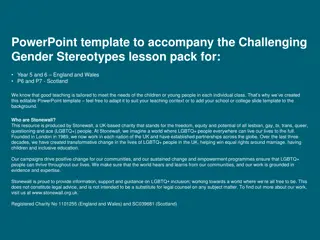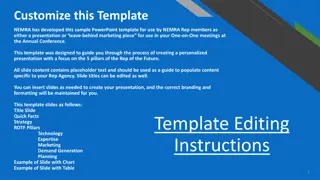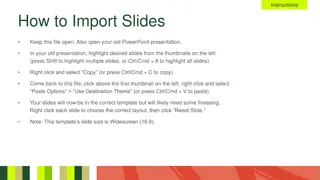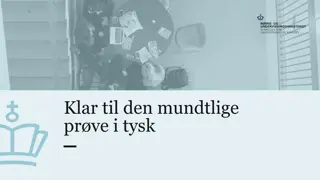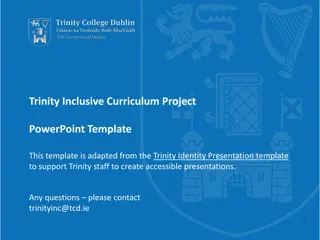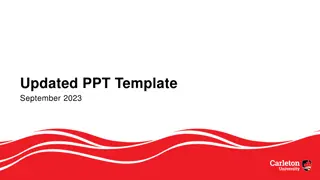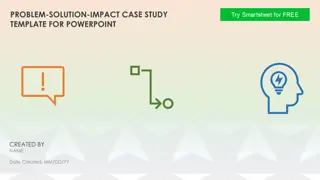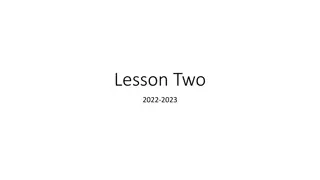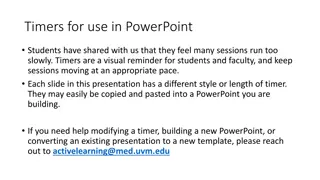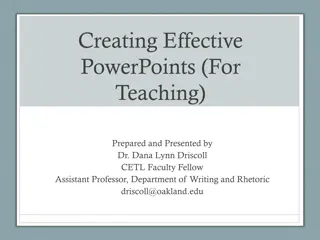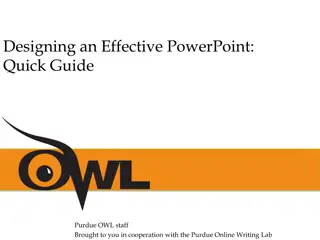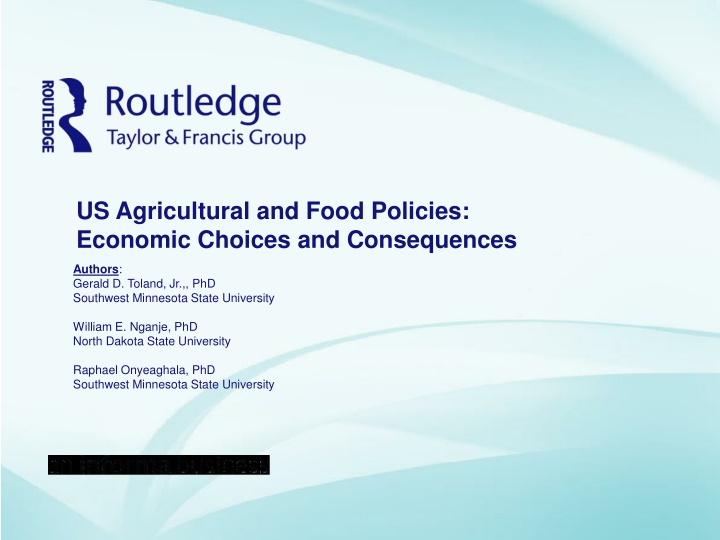
US Agricultural and Food Policies: Economic Choices and Consequences Analysis
Explore the complexities of US agricultural and food policies, including conflicting policies in trade, environment, and nutrition. Learn about challenges in policy coordination and efforts to align goals for a sustainable agri-food system. Review the legislative process and outcomes of the Farm Bill, highlighting issues of coherence and special interest influences. Discover strategies for policy innovation and coordination to address inconsistencies and conflicts in agri-food policies.
Download Presentation

Please find below an Image/Link to download the presentation.
The content on the website is provided AS IS for your information and personal use only. It may not be sold, licensed, or shared on other websites without obtaining consent from the author. If you encounter any issues during the download, it is possible that the publisher has removed the file from their server.
You are allowed to download the files provided on this website for personal or commercial use, subject to the condition that they are used lawfully. All files are the property of their respective owners.
The content on the website is provided AS IS for your information and personal use only. It may not be sold, licensed, or shared on other websites without obtaining consent from the author.
E N D
Presentation Transcript
US Agricultural and Food Policies: Economic Choices and Consequences Authors: Gerald D. Toland, Jr.,, PhD Southwest Minnesota State University William E. Nganje, PhD North Dakota State University Raphael Onyeaghala, PhD Southwest Minnesota State University
US Agricultural and Food Policies: Economic Choices and Consequences Chapter 13 When Policies Work at Cross-Purposes: Addressing Challenges and Pursuing Opportunities Chapter Thirteen Objectives Summary of Chapter Thirteen: We examine the origins and consequences of conflicting policies, and the challenges of overcoming the differences. We specifically review the areas of trade, environment and nutrition where discordant policies occur, and explore options for improved coordination. We conclude Chapter Thirteen by reviewing efforts to intentionally align policy goals, including conservation cross-compliance. We also consider proposals to better synchronize global food and agricultural policies. 2
US Agricultural and Food Policies: Economic Choices and Consequences Chapter 13 When Policies Work at Cross-Purposes: Addressing Challenges and Pursuing Opportunities Review of Farm Bill Decision-Making and Outcomes In Chapter Two, we studied the legislative process required to approve the 2014 Farm Bill. Farm Bill outcomes are not always coherent; No overarching goals, such as resource efficiency or income equity, guide policy development. Some farm bill titles (e.g., resource conservation and scientific research support) have a consistent policy design. 3
US Agricultural and Food Policies: Economic Choices and Consequences Chapter 13 When Policies Work at Cross-Purposes: Addressing Challenges and Pursuing Opportunities Review of Farm Bill Decision-Making and Outcomes (Continued) Many components of the farm bill are disjointed or contradictory. Mancur Olson s Logic of Collective Action theory predicts that omnibus legislative actions, such as the farm bill, are likely to create policies that work at cross purposes. Special interests influence policy proposals. Smaller-sized privileged groupslearn that lobbying produces above- normal returns. Larger latent groups (such as consumers and taxpayers) encounter high costs of organizing to promote for their common interests. Collective action often serves the concentrated interests of privileged groups. 4
US Agricultural and Food Policies: Economic Choices and Consequences Chapter 13 When Policies Work at Cross-Purposes: Addressing Challenges and Pursuing Opportunities Interest in Agri-Food System Policy Innovation Review voluntary efforts by private organizations and academic institutions to encourage coordination, and counteract the tendency towards inconsistent and/or conflicting agri-food policies. Center on Food Security and the Environment (FSE) at Stanford University FSE promotes policy harmonization FSE generates new knowledge and policy solutions through integrated research on: improving agri-food systems mitigating hunger enhancing the environment encouraging interdisciplinary inquiry. 5
US Agricultural and Food Policies: Economic Choices and Consequences Chapter 13 When Policies Work at Cross-Purposes: Addressing Challenges and Pursuing Opportunities Interest in Agri-Food System Policy Innovation (Continued) AGree Initiative: A private association that includes farmers and ranchers, input suppliers, retailers, environmental groups, international rural development practitioners, nutrition experts and health professionals. The AGree Initiativepromotes a broad-based and systematic effort that can meet these four challenges: Meeting Future Demand for Food Conserving and Enhancing Water, Soil, and Habitat Improving Nutrition and Public Health Strengthening Farms, Workers, and Communities 6
US Agricultural and Food Policies: Economic Choices and Consequences Chapter 13 When Policies Work at Cross-Purposes: Addressing Challenges and Pursuing Opportunities Interest in Agri-Food System Policy Innovation (Continued) Global Panel on Agriculture and Food Systems for Nutrition (a.k.a., the Global Panel)is an independent group of international specialists in agri-food systems. The Global Panel proposes an organized approach among four domains of food systems to achieve desired nutritional outcomes: Agricultural Production Markets and Trade Systems Consumer Purchasing Power Food Transformation and Consumer Demand 7
US Agricultural and Food Policies: Economic Choices and Consequences Chapter 13 When Policies Work at Cross-Purposes: Addressing Challenges and Pursuing Opportunities Explore areas of US Agri-Food System where divergent policy agendas arise: Trade Environment Nutrition 2014 Farm Bill Programs and US WTO Trade Commitments Prior to the 2014 Farm Bill, the Direct Payment Program (DPP) farm subsidy was a green box program decoupled from market incentives. DPP was compatible with WTO s free trade policy. 8
US Agricultural and Food Policies: Economic Choices and Consequences Chapter 13 When Policies Work at Cross-Purposes: Addressing Challenges and Pursuing Opportunities 2014 Farm Bill Programs and US WTO Trade Commitments (Continued) The 2014 Farm Bill replaced the DPP with the PLC and ARC commodity programs. PLC and ARC subsidies are coupled to market prices. WTO consider these subsidy program as market-distorting Amber Box policies. Free trade and coupled farm subsidies are economic policies that work at cross purposes. 9
US Agricultural and Food Policies: Economic Choices and Consequences Chapter 13 When Policies Work at Cross-Purposes: Addressing Challenges and Pursuing Opportunities Agro-Environmental Policy Relationships: Conflict and Harmony Combined Tanentzap et al. (2015) use published research to estimate that 80- percent of global deforestation and 53-percent of the threatened extinction of earth s terrestrial species are associated with the global agricultural land use expansion. Claassen and Ribaudo (2016) cite environmental progress associated with farm operations that have adopted conservation and related sustainable methods that enhance natural resource capacity and control undesirable emissions. More intentional effort needed to determine increased opportunities to synchronize agro-environmental policies. 10
US Agricultural and Food Policies: Economic Choices and Consequences Chapter 13 When Policies Work at Cross-Purposes: Addressing Challenges and Pursuing Opportunities Assessing Mixed Effects of Conservation Policy Conservation program slippage Lichtenberg (2014): Conservation subsidies (such as CRP) not only create measurable gains in natural resource sustainability. Subsidies also increase producer income and farm wealth Farms gain the financial capacity to convert natural habitat to farm enterprises. If conservation subsidies increase agricultural land use at the expense of less natural habitat, the result is called slippage. Conservation Additionality Measure the extra conservation produced by subsidized programs, as compared to the amount of conservation effort that would occur with no program in place. 11
US Agricultural and Food Policies: Economic Choices and Consequences Chapter 13 When Policies Work at Cross-Purposes: Addressing Challenges and Pursuing Opportunities Are US Agricultural and Nutrition Policies in Conflict? Dr. Neal Barnard Publicly questions whether US farm subsidies are responsible for lower-priced animal products, refined fats and corn-based sweeteners. Higher-priced food crops, such as fruits and vegetables, are relatively unsubsidized. Prediction: consumers reduce purchases of higher-priced scarce items and increase use of lower-price subsidized foods. Barnard suggests that current US Farm Policy is partly responsible for the current US obesity crisis. Barnard urges reform: change or eliminate the farm subsidy system. Create new price signals about what actually constitutes a healthy diet. 12
US Agricultural and Food Policies: Economic Choices and Consequences Chapter 13 When Policies Work at Cross-Purposes: Addressing Challenges and Pursuing Opportunities Are US Agricultural and Nutrition Policies in Conflict? (Continued) Dr. Will Masters, Tufts University s Nutrition Science and Policy specialist Masters promotes agri-food policy alignment: (1) tailor programs to efficiently utilize agricultural-nutrition linkages to attain measurable outcomes for specific consumer groups with real dietary needs; (2) diversify diets, markets, programs and products in the agricultural-nutrition supply chain to anticipate nutritional requirements, and achieve nutritionally healthy outcomes. 13
US Agricultural and Food Policies: Economic Choices and Consequences Chapter 13 When Policies Work at Cross-Purposes: Addressing Challenges and Pursuing Opportunities Intended and Actual Effects of Conservation Cross- Compliance What is cross-compliance policy? Differs from voluntary synchronization of conservation and general farm policy. Cross-compliance: The condition where agricultural producers who participate in commodity programs and receive subsidized benefits are required to comply with certain conservation requirements to remain eligible for farm bill payments. 14
US Agricultural and Food Policies: Economic Choices and Consequences Chapter 13 When Policies Work at Cross-Purposes: Addressing Challenges and Pursuing Opportunities Intended and Actual Effects of Conservation Cross- Compliance(Continued) Cross-Compliance: Mixed Incentives for Conservation Enforcement Congressional Research Service (CRS): Conservation compliance by producer participants in farm subsidy programs follows the normal rule of law. Alleged violators are presumed innocent until proven otherwise. USDA agencies (FSA, NRS, FCI) expected to enforce required conservation cross-compliance are not accustomed to imposing regulatory restrictions. FSA, NRS, FCI typically have consultative relationships with producers With cross-compliance, these agencies must switch roles and act as police . The results of cross-compliance enforcement in these instances is often inconsistent. 15
US Agricultural and Food Policies: Economic Choices and Consequences Chapter 13 When Policies Work at Cross-Purposes: Addressing Challenges and Pursuing Opportunities Cross Compliance and Subsidized Crop Insurance in the 2014 Farm Bill 2014 Farm Bill - Eligibility for 65% premium subsidies for Federal Crop Insurance (FCI) is based on compliance with conservation requirements. In 2014: FCI provided coverage for 294 million acres. The Congressional Research Service (CRS) reports that 83% of US crop acreage was insured in 2014. FCI cross compliance is an opportunity to harmonize conservation and general farm policies on a large crop acreage scale. 16
US Agricultural and Food Policies: Economic Choices and Consequences Chapter 13 When Policies Work at Cross-Purposes: Addressing Challenges and Pursuing Opportunities Future possible effects of the Internet on the Logic of Collective Action: 21st-Century instantaneous communication options (e.g., social media groups) change the cost calculus for large latent groups to organize themselves. Dispersed interests have increased potential to coalesce and bring about policy coordination by the processes of negotiation and compromise. 17

